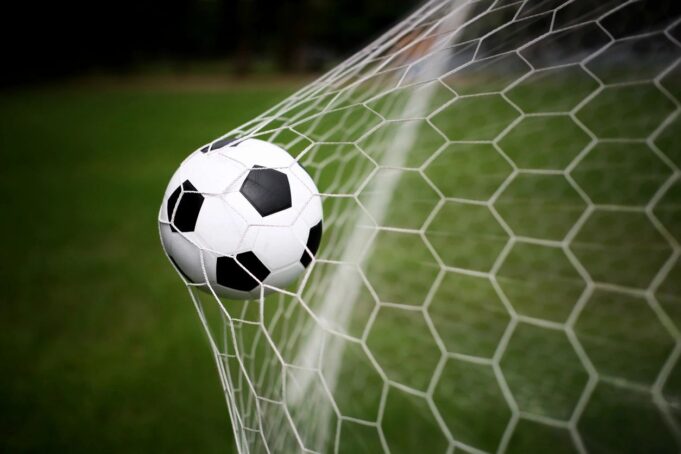FIFA soccer players are as susceptible to sports injuries as any other professional athletes, though the mechanism and location of injury may be different. For example, soccer players do not use their hands, so upper extremity injuries are less likely. Instead, soccer players are more likely to sustain injuries to the lower extremities, especially joints such as the knee or ankle. Whatever the site or mechanism of the injury, recovering from it involves similar steps.
Identifying the Injury and Therapy
Eventually, the player will need physical therapy to rehabilitate the injury. This involves gentle exercises for strengthening and stability that will not provoke more pain or damage. Swimming and water therapy are popular for rehabilitation, and players may want to get in touch with pool loan companies that can help finance the purchase and installation.
However, before that can happen, a doctor has to identify the type of injury. FIFA accomplishes this through healing cards that are filled out upon evaluation of the injured player. In addition to identifying the injury, the physician also writes on the card how long the player is to remain off the field.
Reducing the Swelling
An acute injury typically causes a lot of swelling. This occurs because the blood vessels dilate, allowing increased blood flow to the area. The application of ice or a cold compress causes the blood vessels to contract, which reduces the swelling. It also helps with pain relief. After icing for a few days, the athlete can alternate cold and heat therapy for greater pain relief. The athlete should always take care to protect the skin from temperature extremes.
Other strategies that help reduce swelling of an injured body part include elevating it above the heart and applying an elastic bandage for compression.
Protecting From Further Injury
If something happens to exacerbate the injury, it can take longer to heal. A more serious injury may affect a player’s ability to continue to participate on a FIFA team. Therefore, it is important to protect the injured part from further damage. Simple splints, bandages, and elastic wraps are often sufficient for small injuries. However, the patient should always consult with a doctor, especially for a more serious injury that requires a cast or precision splint.
For full healing, the player must follow the doctor’s treatment recommendations for as long as necessary. For example, an injured foot may not be fully healed even after it stops hurting. The player should not take off a splint or orthopedic boot until a doctor has confirmed full healing with X-rays.
Resting the Injured Part
The human body has remarkable capabilities of healing itself, but only if these mechanisms are given time to work. Professional soccer players may feel pressure to “play through the pain,” but they need to rest the injured part by staying out of the game, and possibly modifying other physical activities, for full healing of the tissues to take place.
Relieving the Symptoms
Medications usually don’t have much direct effect on healing a sports injury. However, they can help with pain control. Most FIFA soccer players find relief with over-the-counter pain medications, such as Tylenol, and anti-inflammatories, such as ibuprofen. These two medications do not interact with one another and can be taken in combination under the guidance of a doctor to avoid overdosing on either. Topical ointments can sometimes also be useful in relieving pain.
Rehabilitating the Injury
The measures needed to protect an injury and allow it to heal can also cause atrophy of the muscles as the injured part goes unused. Returning the athlete to full function requires a rehabilitation program that involves gradual strengthening and range of motion. It is important to increase resistance and weightbearing little by little so as not to put the athlete at risk of further injury. Rehabilitation is also necessary to recover after surgery to correct a defect caused by the injury.
The recovery prognosis depends on factors such as the seriousness of the injury and whether surgery was required to correct it. In many cases, however, professional soccer players eventually return to FIFA matches with no limitations.





